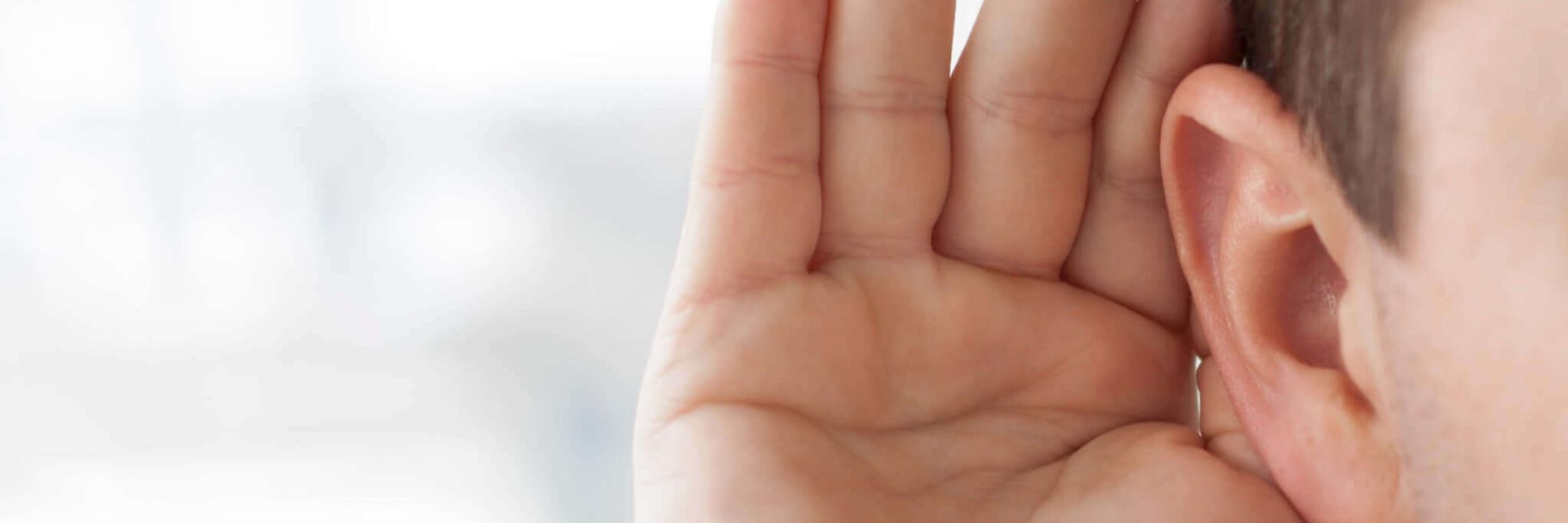Some very positive news out of Northwestern University, with scientists making significant inroads to preventing aging hearing loss. Source: Sydney ENT Clinic
Scientists at Northwestern Medicine have found a way to potentially overcome deafness, by creating new hearing cells that bypass the “major hurdle” plaguing developments.
The project, based in Chicago, Illinois, is still in the experiment stage but early indications are positive.
Presbycusis, or age-related hearing loss, can grow gradually over the course of a person’s life.
The issue is considered quite common in elderly people, but these new cells can produce inner or outer ear hair cells to regenerate hearing.
Hearing loss due to aging, noise and antibiotics has been viewed in the medical field as irreversible when these cells die.
This new master gene, known as TBX2, can change the same cells into either inner or outer ones, rejuvenating them and restoring hearing.
“We have overcome a major hurdle,” Northwestern Medicine professor and study lead Jaime Garcia-Anoveros explained.

“It’s like a ballet, the outers crouch and jump and lift the inners further into the ear.
“We can now figure out how to make specifically inner or outer hair cells and identify why the latter are more prone to die and cause deafness.”
In layman’s terms, this means that the outer hair cells expand to amplify sound for the inner cells, which is how humans process sound.
The inner cells then broadcast those vibrations, which is what we hear.
Language resources company Auslan Signbank says that over one million Australians suffer from some form of hearing loss, mostly associated with aging.
The Northwestern study complements a recent MIT drug candidacy test, that stimulates hair cells in the inner ear.





